Picture vendors paddling their boats loaded with fresh fruits and vegetables, calling out prices as they drift past potential customers. Floating markets represent one of humanity’s most ingenious solutions to commerce, transforming waterways into bustling trade centers where boats become shops and rivers turn into shopping aisles.
These aquatic marketplaces have thrived for centuries across different continents, each developing unique characteristics shaped by local culture, geography, and necessity. Here is a list of 16 remarkable floating markets that continue to captivate visitors and serve local communities around the world.
Damnoen Saduak Floating Market
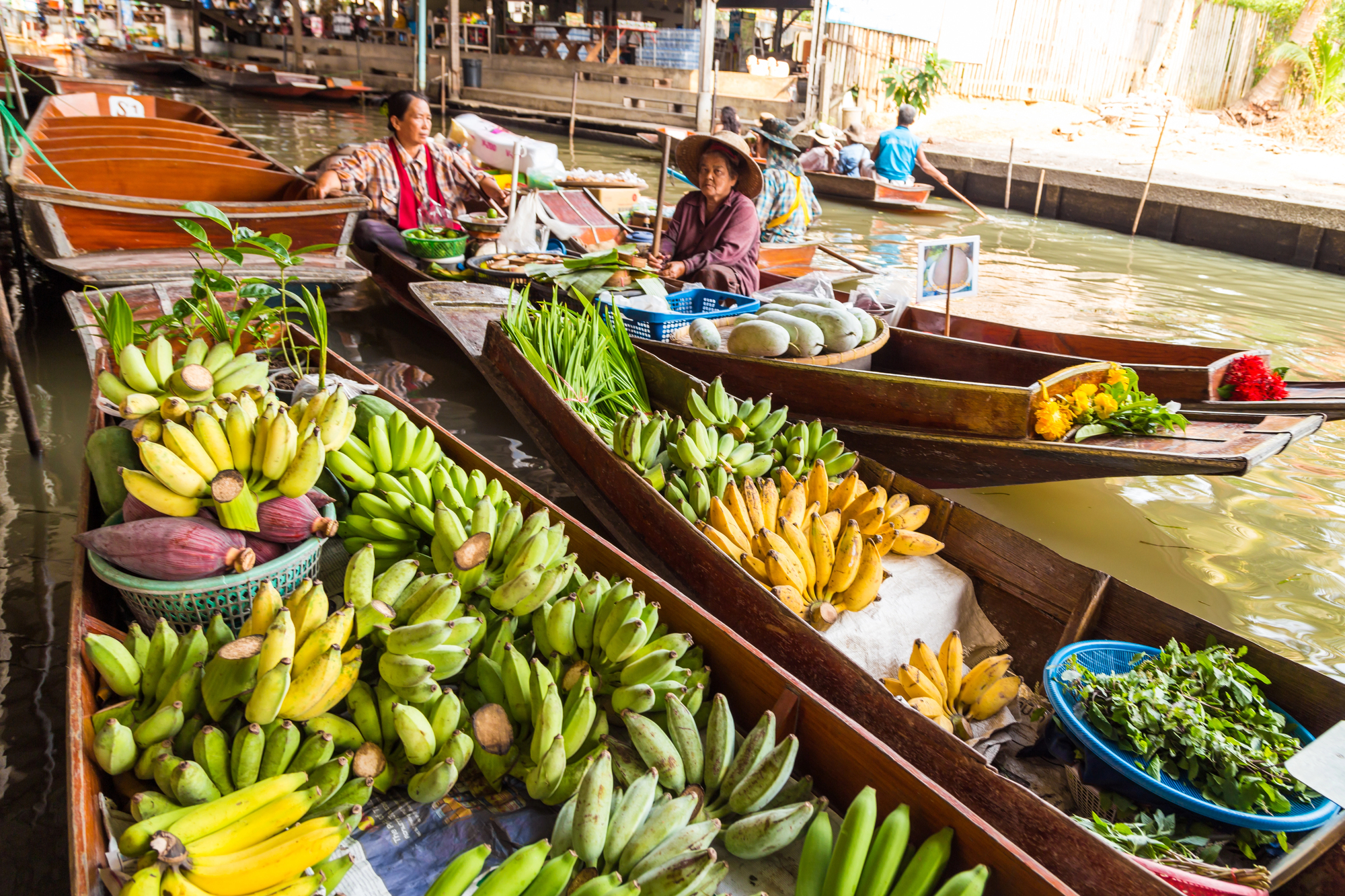
Thailand’s most famous floating market sits about 60 miles southwest of Bangkok, where narrow canals buzz with longtail boats packed with tropical fruits and steaming noodle bowls. Vendors wearing traditional conical hats paddle through the waterways at dawn, their boats overflowing with mangoes, coconuts, and freshly cooked pad thai.
The market operates like a floating food court where you can grab breakfast while drifting along the canal. Though it’s become quite touristy, the authentic energy of commerce on water still shines through when local vendors interact with regular customers who have been shopping here for decades.
Amphawa Floating Market
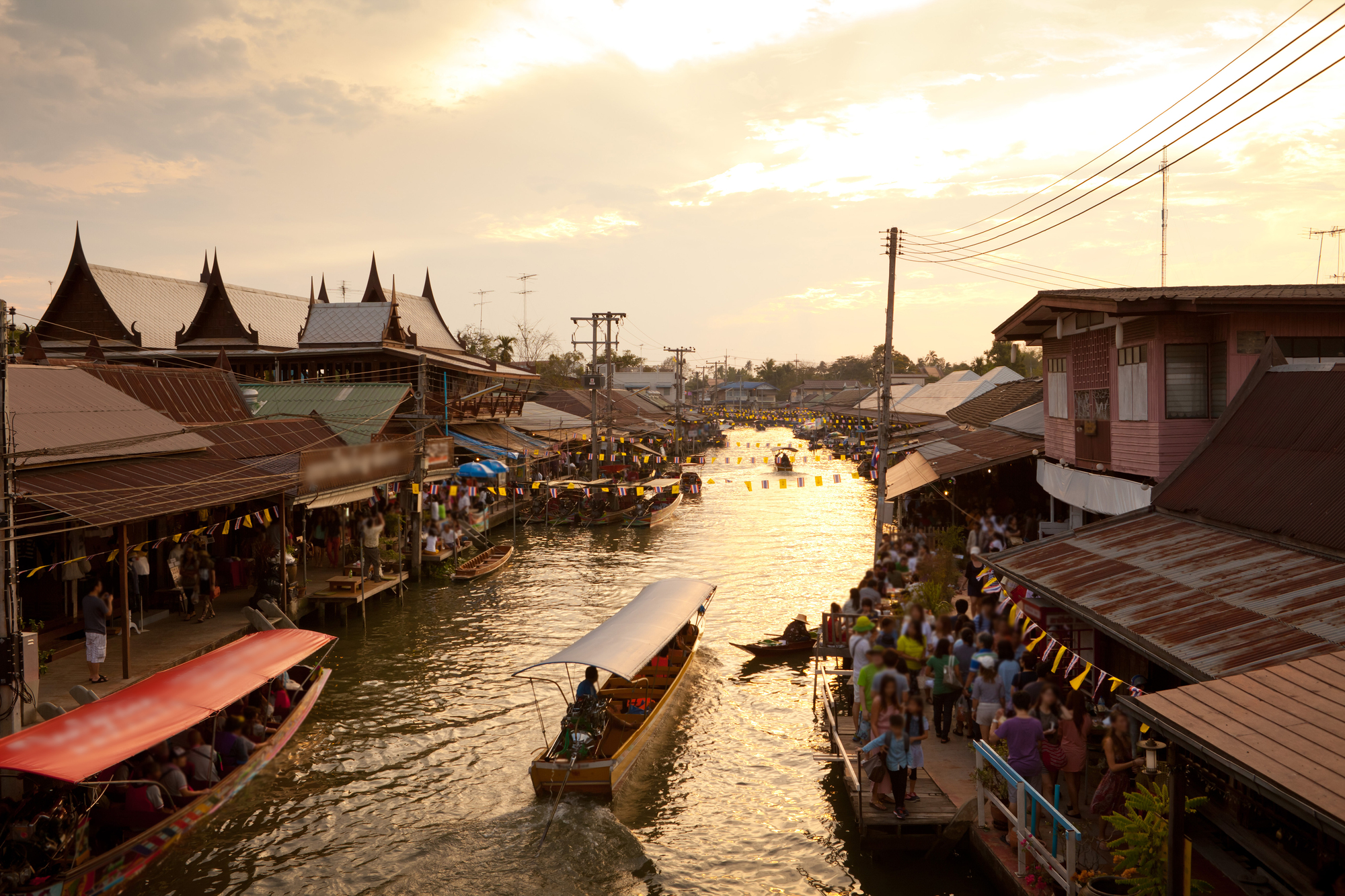
Located about 30 miles from Bangkok, Amphawa offers a more authentic experience than its famous cousin, especially during evening hours when locals gather for dinner. The market comes alive as the sun sets, with boats serving grilled seafood and traditional Thai desserts while fireflies dance along the canal banks.
Weekend evenings transform this place into a magical scene where the aroma of barbecued fish mingles with the gentle splash of paddles. You’ll find fewer tour groups here and more Thai families enjoying their weekend routine of floating from boat to boat, sampling different dishes.
Cai Rang Floating Market
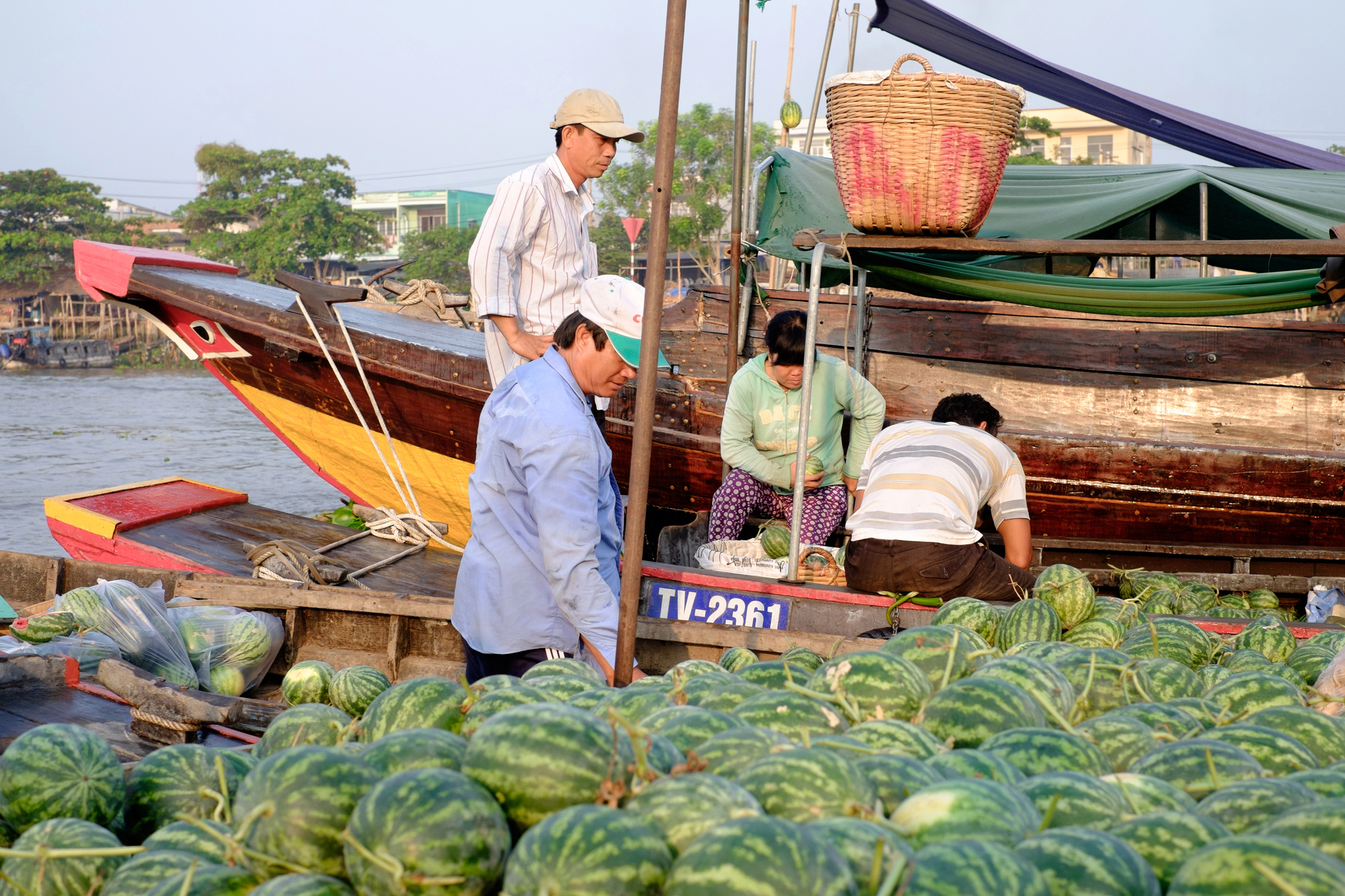
Vietnam’s largest floating market operates in the Mekong Delta near Can Tho, where wholesale trading happens on a scale that puts most land-based markets to shame. Massive boats loaded with watermelons, pineapples, and dragon fruit create floating warehouses that supply retailers throughout the region.
The organized chaos resembles a water-based version of a busy highway interchange, with smaller boats weaving between the big players to make deals. Early morning visits reveal the serious business side of floating commerce, where handshake agreements move tons of produce before most people wake up.
Like Travel Pug’s content? Follow us on MSN.
Lok Baintan Floating Market
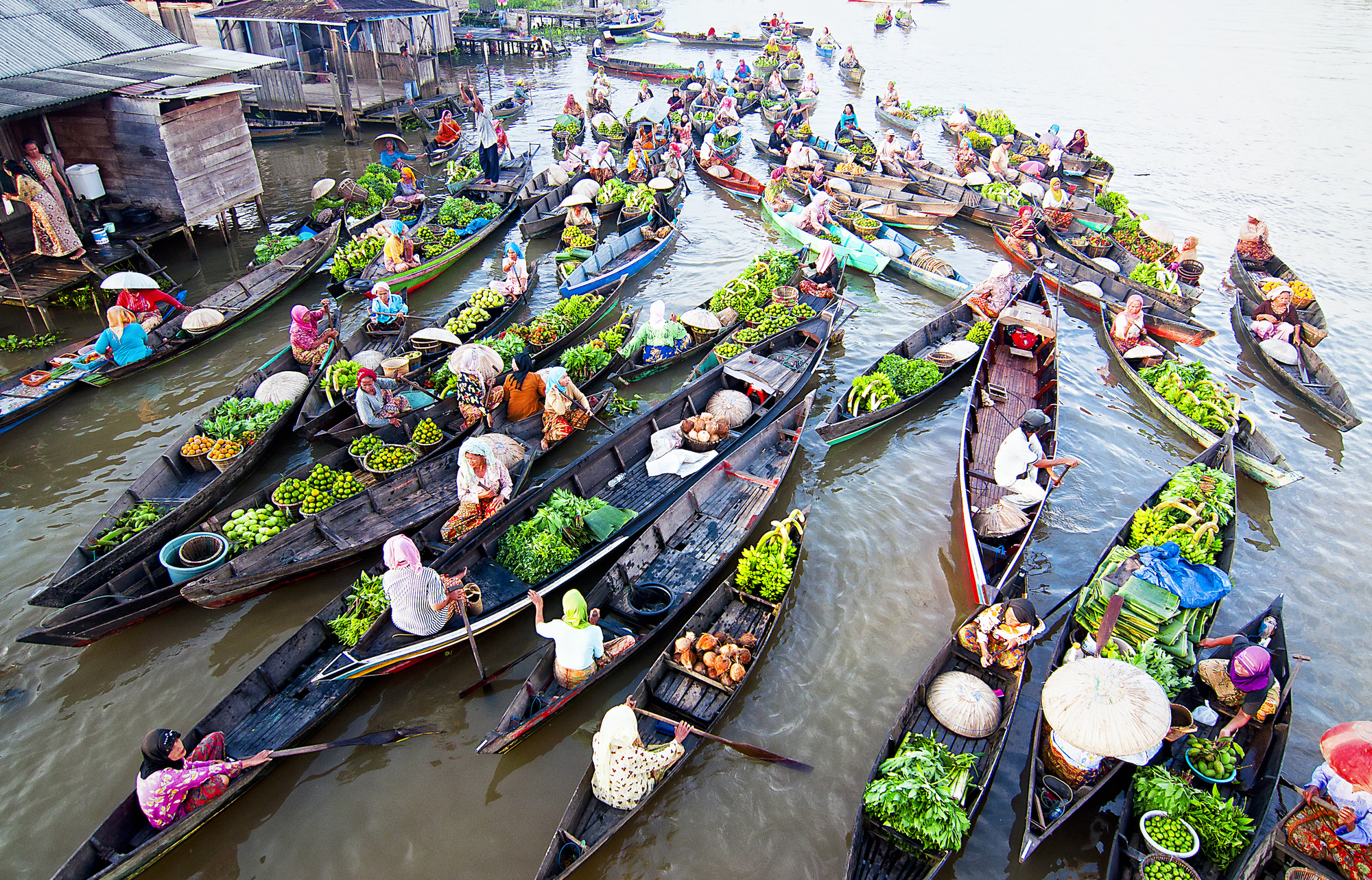
This South Kalimantan market in Indonesia operates on the Martapura River, where Banjar women in colorful traditional dress paddle their boats while balancing babies and merchandise. The market follows an age-old rhythm where vendors arrive before sunrise and disperse by mid-morning, creating a brief window of intense activity.
Local specialties like sticky rice wrapped in banana leaves and traditional Banjar snacks make this market a cultural experience beyond simple shopping. The community aspect remains strong here, with vendors often related to each other and maintaining trading relationships that span generations.
Xochimilco
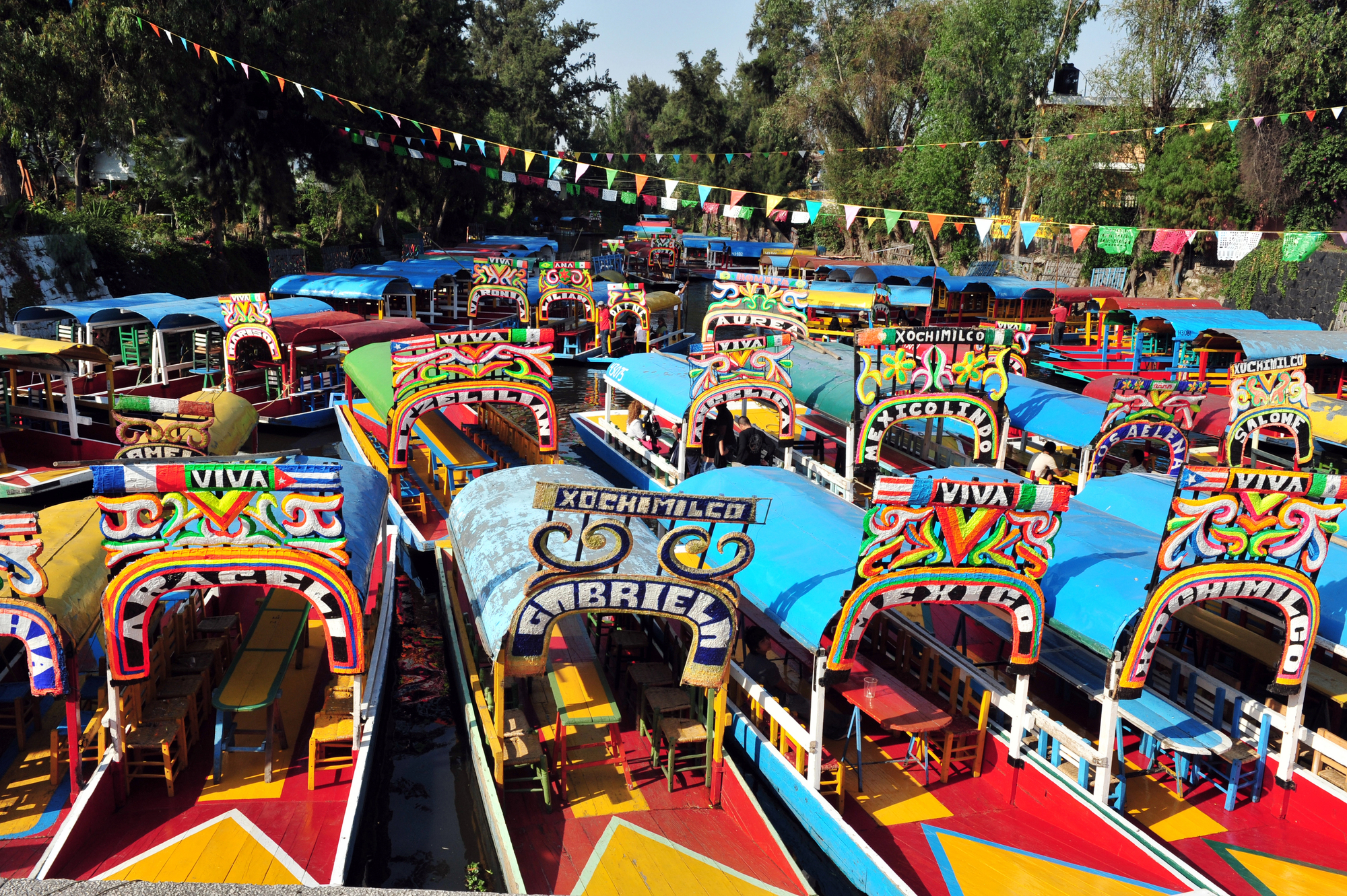
Mexico City’s ancient canal system hosts a unique floating market experience where colorful trajineras (flat-bottomed boats) carry vendors selling everything from elote (corn on the cob) to mariachi performances. These canals represent the last remnants of the Aztec lake system that once covered much of the valley, making every trip a journey through living history.
Weekend visits reveal a festive atmosphere where families rent boats for hours-long excursions, creating floating parties complete with traditional Mexican music and food. The UNESCO World Heritage Site combines commerce with recreation in a way that’s distinctly Mexican, turning shopping into a celebration.
Dal Lake Floating Market
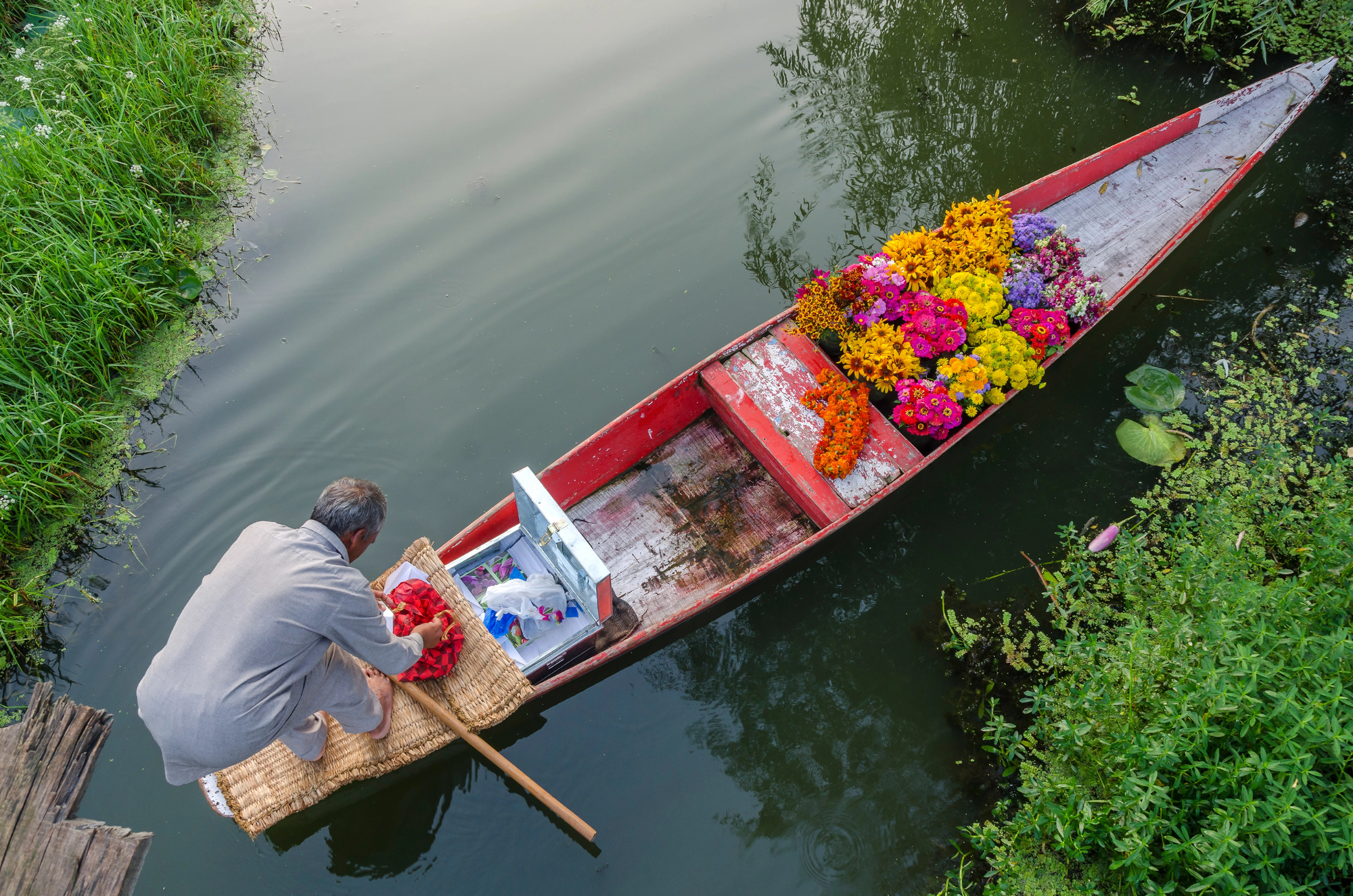
Kashmir’s Dal Lake transforms sections of its pristine waters into temporary markets where vendors in shikaras (traditional boats) sell lotus roots, fresh fish, and floating garden vegetables. The market operates against the backdrop of snow-capped mountains, creating one of the world’s most scenic shopping experiences.
Local farmers grow vegetables on floating gardens made of water hyacinth and lake weeds, bringing their harvest directly to customers via boat. The peaceful atmosphere contrasts sharply with busier Asian floating markets, offering a more contemplative approach to water-based commerce.
Like Travel Pug’s content? Follow us on MSN.
Ganvie Floating Market
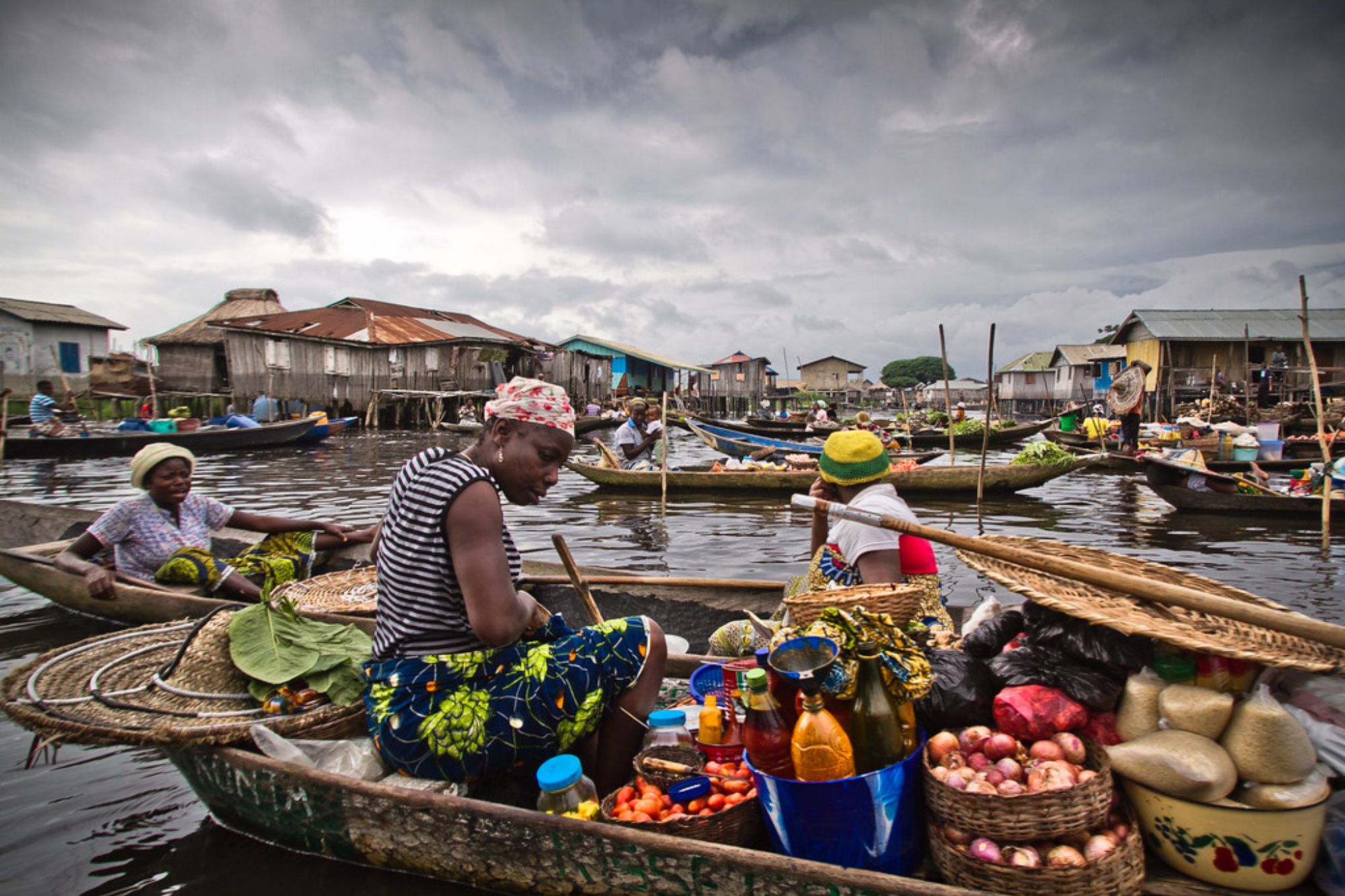
Africa’s largest lake village in Benin sits on stilts in Lake Nokoué, where the floating market serves a community of over 20,000 people who’ve adapted entirely to life on water. Vendors paddle between houses built on wooden posts, selling fish, produce, and household goods to neighbors who might not set foot on land for weeks.
The market represents a complete aquatic ecosystem where children learn to paddle before they can walk properly, and boats serve as school buses, delivery trucks, and family cars. This isn’t just a market but an entire civilization that’s chosen water over land as its primary living space.
Willemstad Floating Market
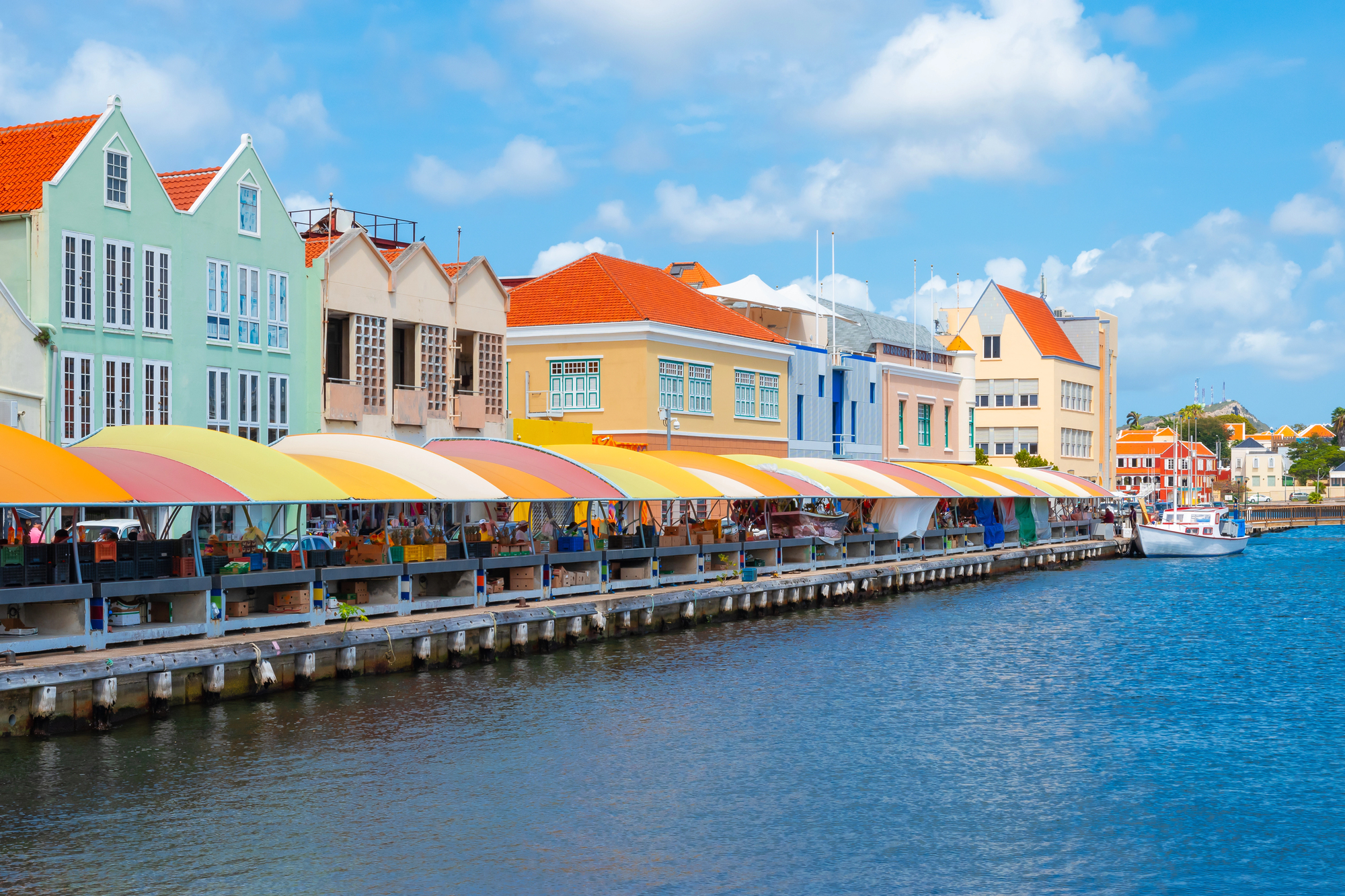
Curaçao’s colorful floating market brings Venezuelan vendors across the Caribbean to sell fresh fruits and vegetables from boats docked at the Wilhelmina Pier. These merchants make the journey regularly, turning their vessels into temporary storefronts where customers can buy produce that’s often fresher than what’s available in local supermarkets.
The market adds a South American flavor to this Dutch Caribbean island, with vendors speaking rapid Spanish while displaying tropical fruits that many tourists have never seen before. The international aspect makes this market unique among floating markets, representing cross-border commerce in its most traditional form.
Banjarmasin Floating Market
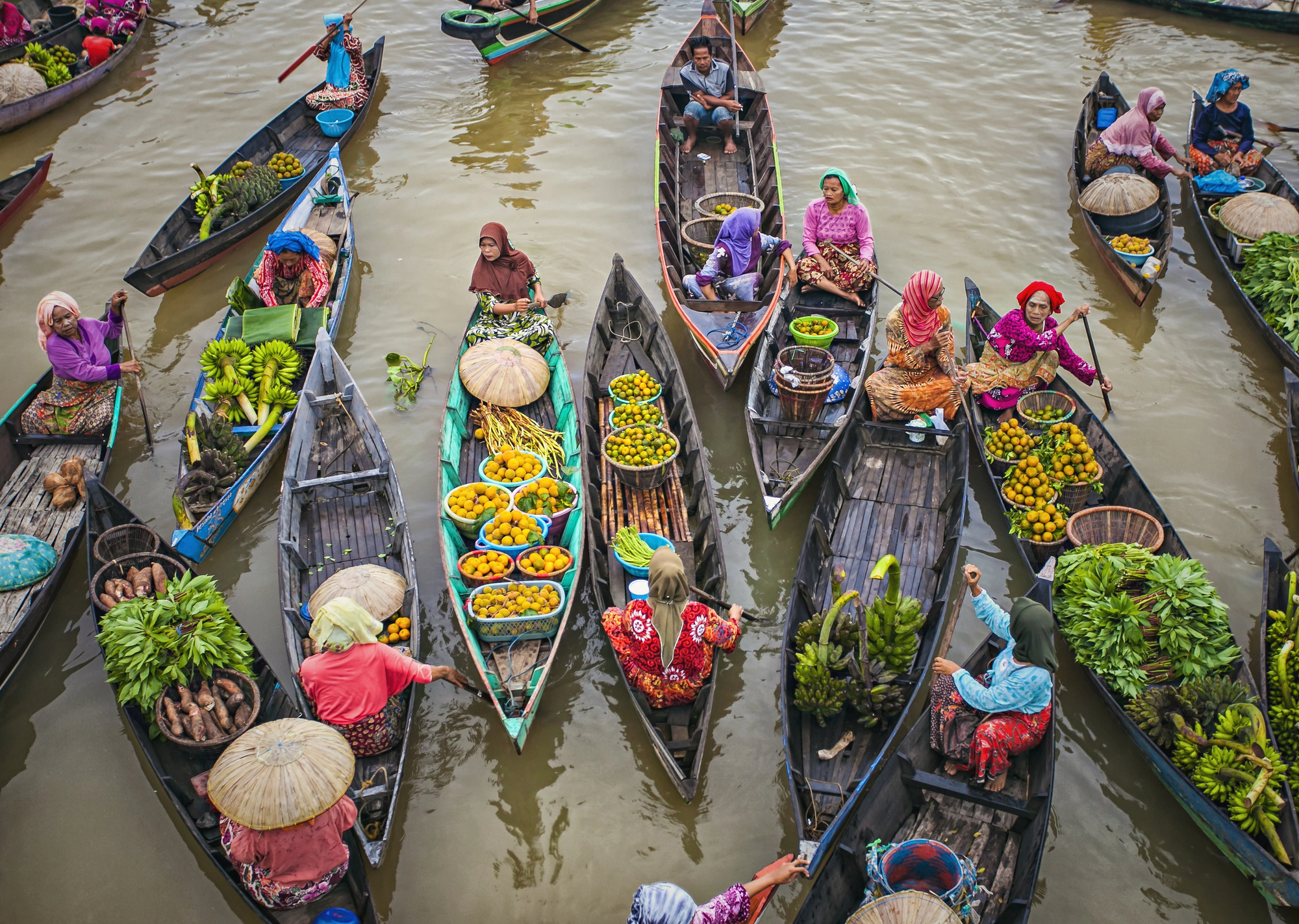
Indonesia’s River City hosts multiple floating markets along its network of canals, where traditional klotok boats create a maze of commerce that locals navigate with practiced ease. The markets start operating in the pre-dawn darkness, with the best selection available before most visitors even think about waking up.
Vendors specialize in everything from river fish to tropical fruits, creating a floating version of a modern supermarket spread across several waterways. The city’s nickname, ‘River City,’ becomes obvious when you see how seamlessly water transportation integrates with daily commerce.
Like Travel Pug’s content? Follow us on MSN.
Ywama Floating Market
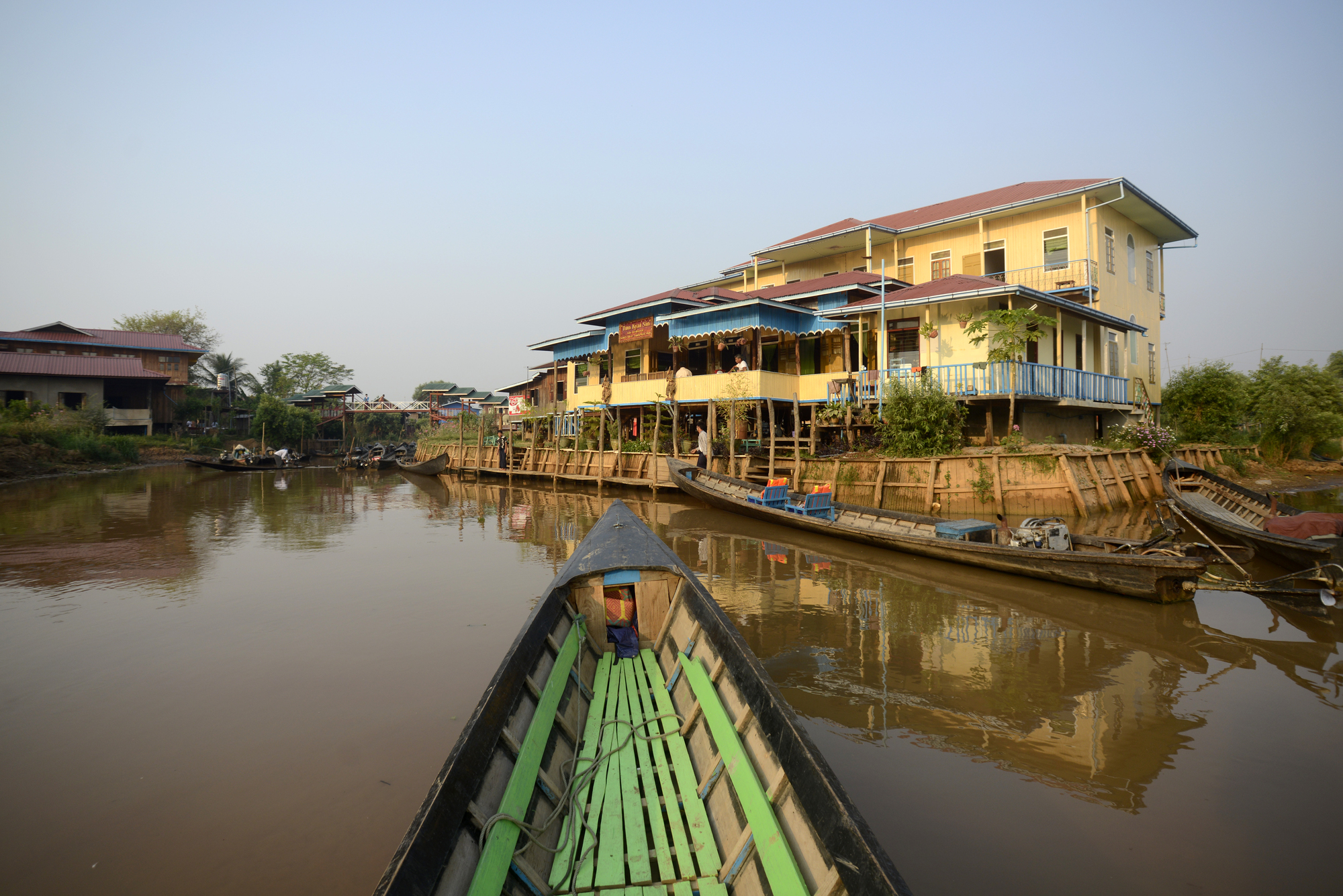
Myanmar’s Inle Lake hosts this floating market that rotates location every five days, following an ancient schedule that brings commerce to different lakeside villages. The market serves the Intha people, who’ve developed a unique leg-rowing technique that allows them to paddle while keeping their hands free for fishing or trading.
Traditional longtail boats loaded with tomatoes, flowers, and lake fish create temporary clusters of commerce that disperse as quickly as they form. The rotating schedule ensures that remote villages get regular access to goods and services, maintaining economic connections across the lake’s scattered communities.
Srinagar Floating Market
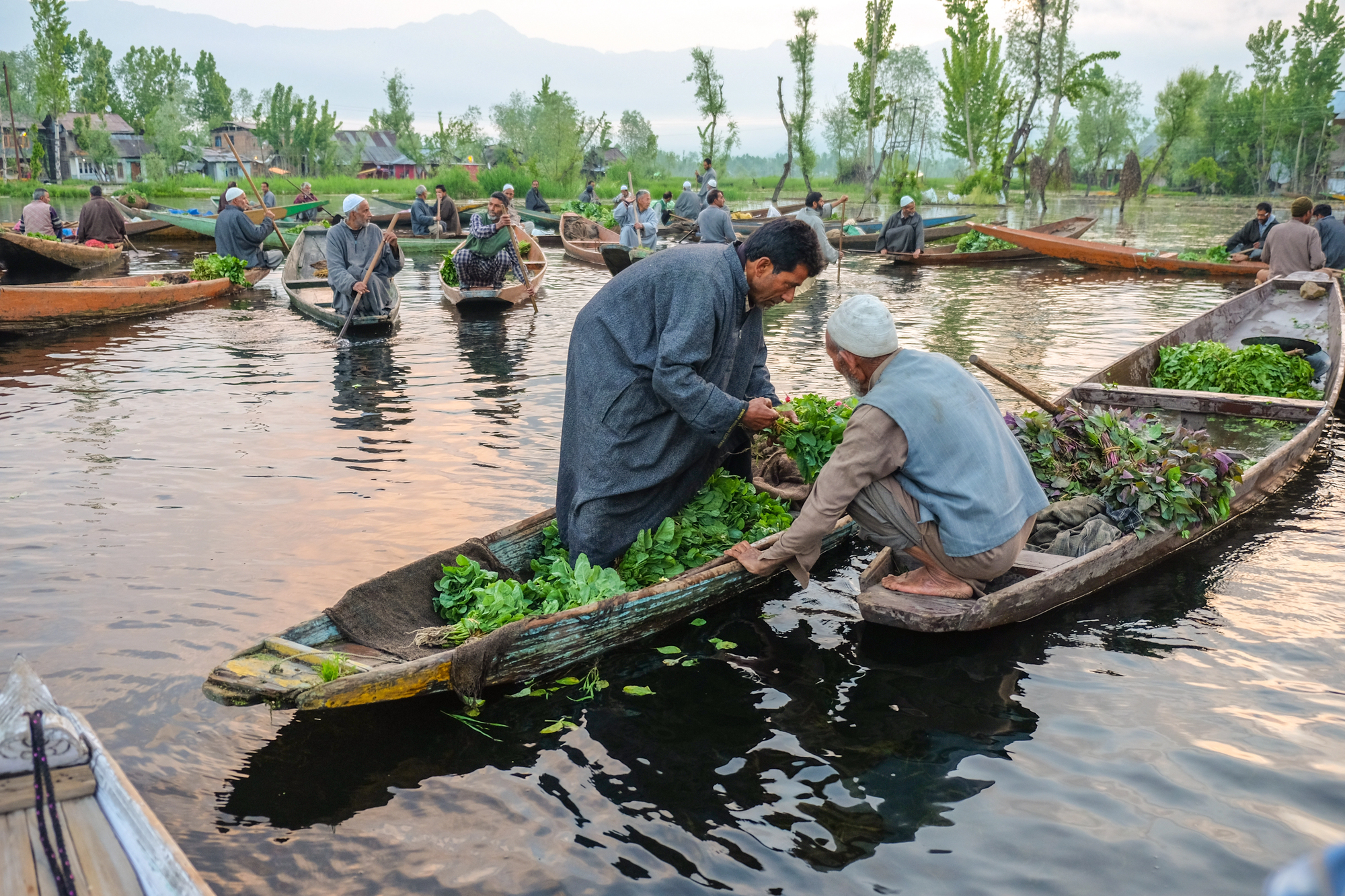
Kashmir’s summer capital hosts a floating vegetable market on Dal Lake where local farmers bring their harvest directly from their floating gardens to customers’ houseboats. The early morning market operates in near silence except for gentle splashing and quiet negotiations, creating an almost meditative shopping experience.
Vendors grow their produce on artificial islands made from lake weeds, making this one of the few places where you can buy vegetables that were never planted in soil. The pristine mountain setting adds an element of natural beauty that makes grocery shopping feel like a scenic boat tour.
Nemours Floating Market
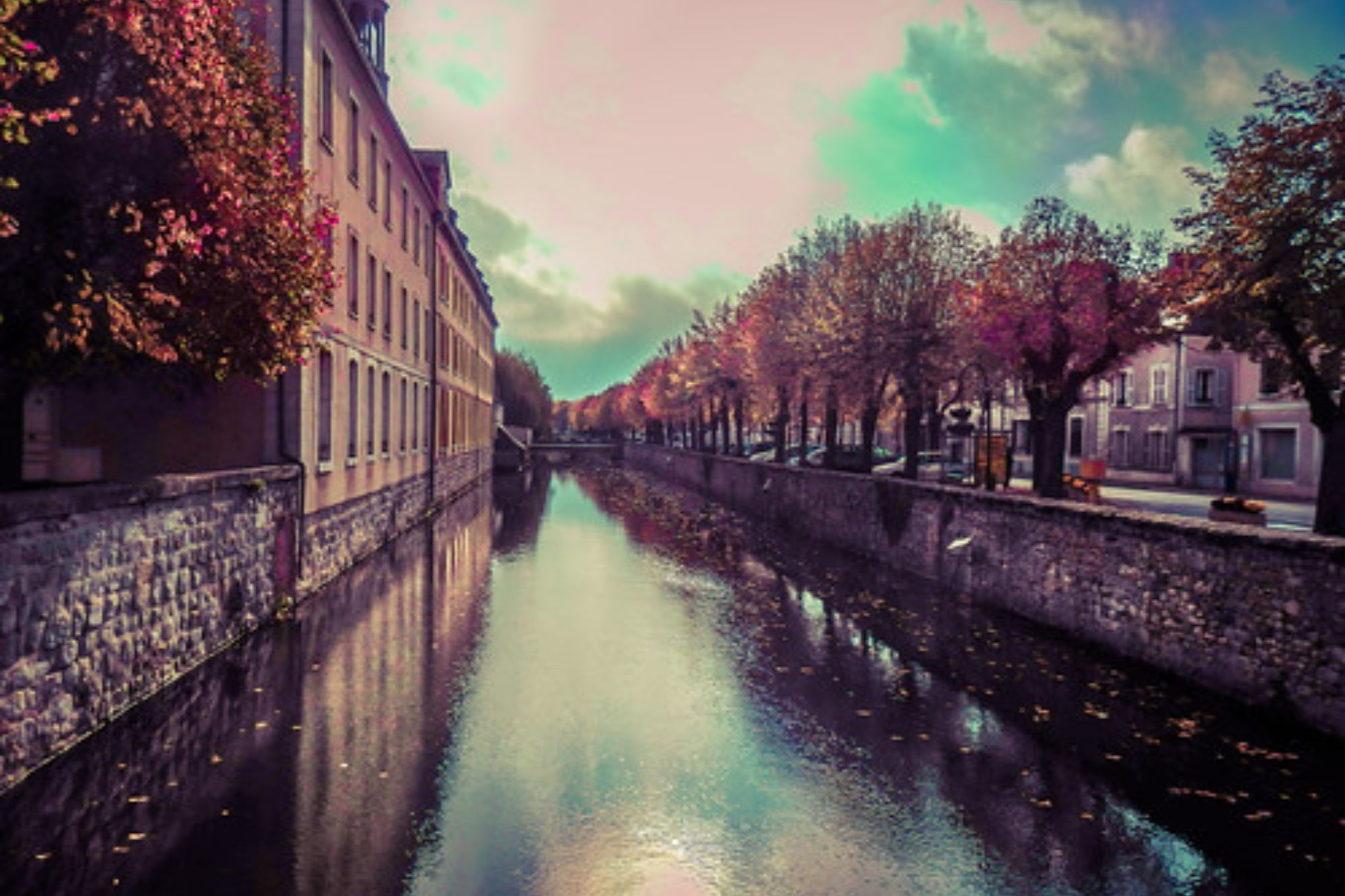
France’s Loing River occasionally hosts floating markets that recreate medieval trading traditions, where vendors in period costume sell regional specialties from decorated barges. These markets represent living history events that connect modern communities with their aquatic trading past.
Local artisans display handmade goods while period musicians provide entertainment, creating an atmosphere that transports visitors back several centuries. The seasonal nature of these markets makes them special occasions rather than regular commerce, drawing visitors from across Europe who want to experience historical water-based trading.
Like Travel Pug’s content? Follow us on MSN.
Taling Chan Floating Market

This Bangkok floating market operates only on weekends, serving primarily local customers who appreciate its authentic atmosphere and reasonable prices. The market focuses on ready-to-eat foods rather than raw ingredients, making it perfect for visitors who want to experience Thai floating market culture without the early morning commitment.
Vendors prepare som tam (papaya salad), grilled fish, and coconut ice cream right in their boats, creating a floating food festival every Saturday and Sunday. The relaxed pace allows for actual conversations with vendors, many of whom speak enough English to share stories about their families’ involvement in floating markets.
Pattaya Floating Market
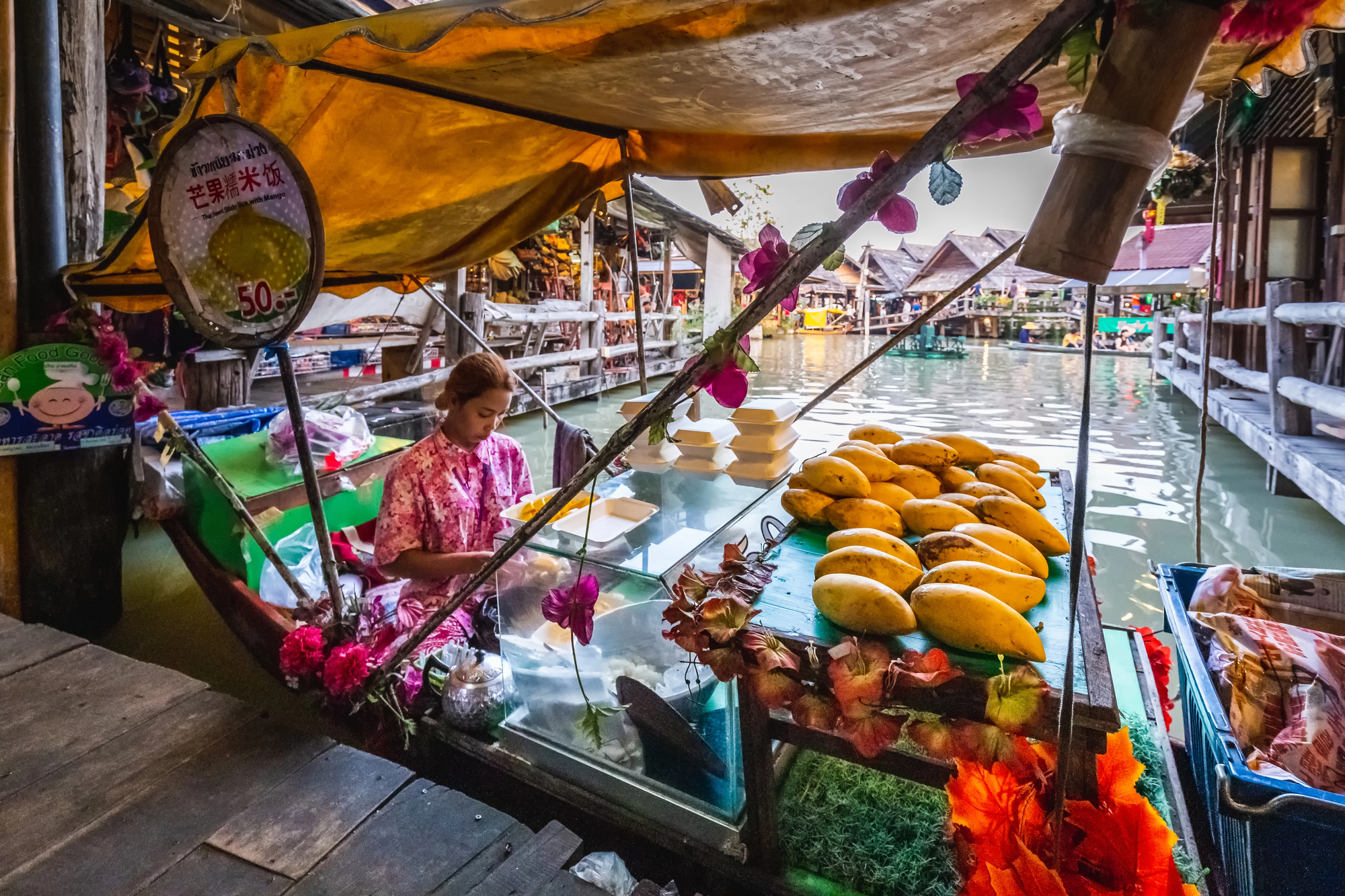
Thailand’s artificial floating market near Pattaya recreates traditional water commerce in a more tourist-friendly format, with covered walkways and organized boat rides through different cultural sections. While less authentic than natural floating markets, it offers visitors a comprehensive introduction to Southeast Asian water-based trading traditions.
The market divides into four sections representing different regions of Thailand, allowing visitors to experience diverse local cuisines and handicrafts in one location. Air-conditioned areas and clean restrooms make this floating market accessible to travelers who want cultural immersion without roughing it.
Mercado de Mariscos
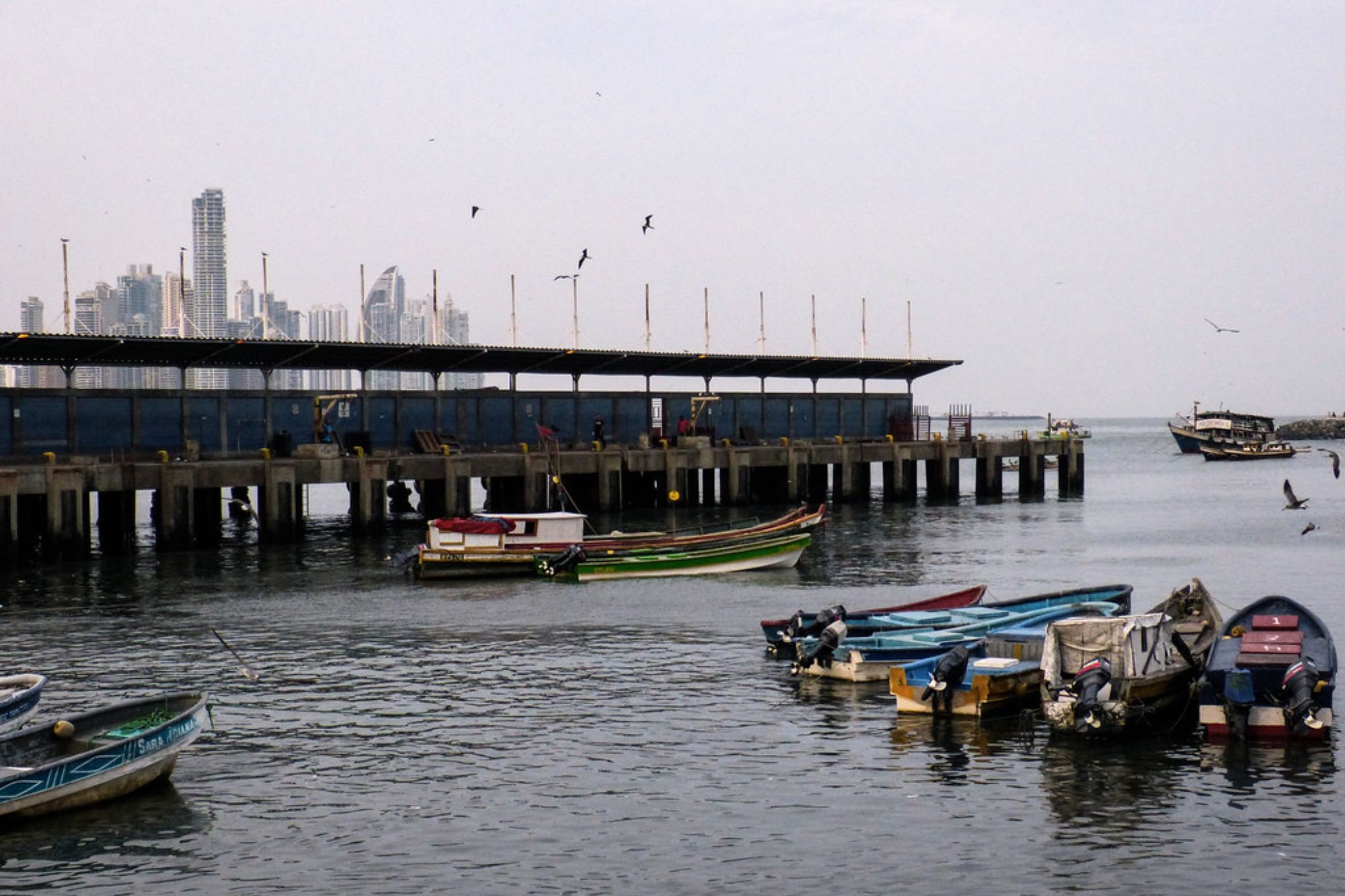
Panama City’s floating seafood market operates from boats moored near the fish market, where vendors sell the day’s catch directly from their vessels to restaurants and individual customers. The market represents the practical side of floating commerce, focusing on efficiency rather than tourism appeal.
Fresh ceviche prepared on boats provides an authentic taste of Panamanian coastal cuisine, with lime juice ‘cooking’ the fish while you watch. The no-nonsense atmosphere appeals to locals who value freshness over atmosphere, making it a genuine working market rather than a cultural attraction.
Like Travel Pug’s content? Follow us on MSN.
Halong Bay Floating Markets
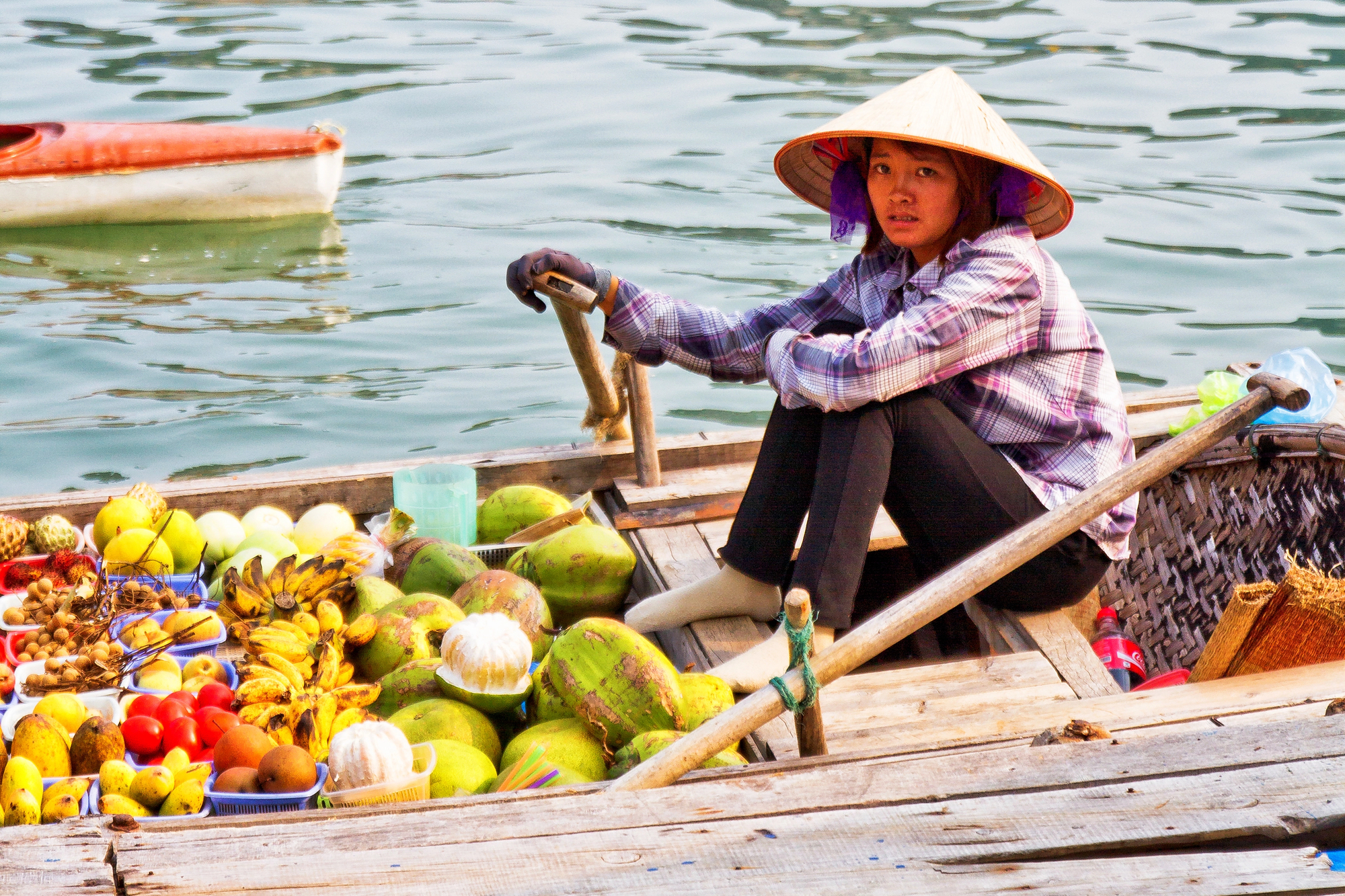
Vietnam’s UNESCO World Heritage bay hosts small floating markets where local fishermen sell their catch to tour boats and floating restaurants throughout the emerald waters. These informal markets pop up wherever boats congregate, creating spontaneous commerce among the limestone karsts and floating villages.
Vendors paddle their small boats between larger vessels, offering fresh seafood and cold drinks to tourists exploring the bay’s natural wonders. The markets blend seamlessly with the bay’s stunning scenery, making commerce feel like part of the natural landscape rather than an intrusion upon it.
Where Water Meets Commerce
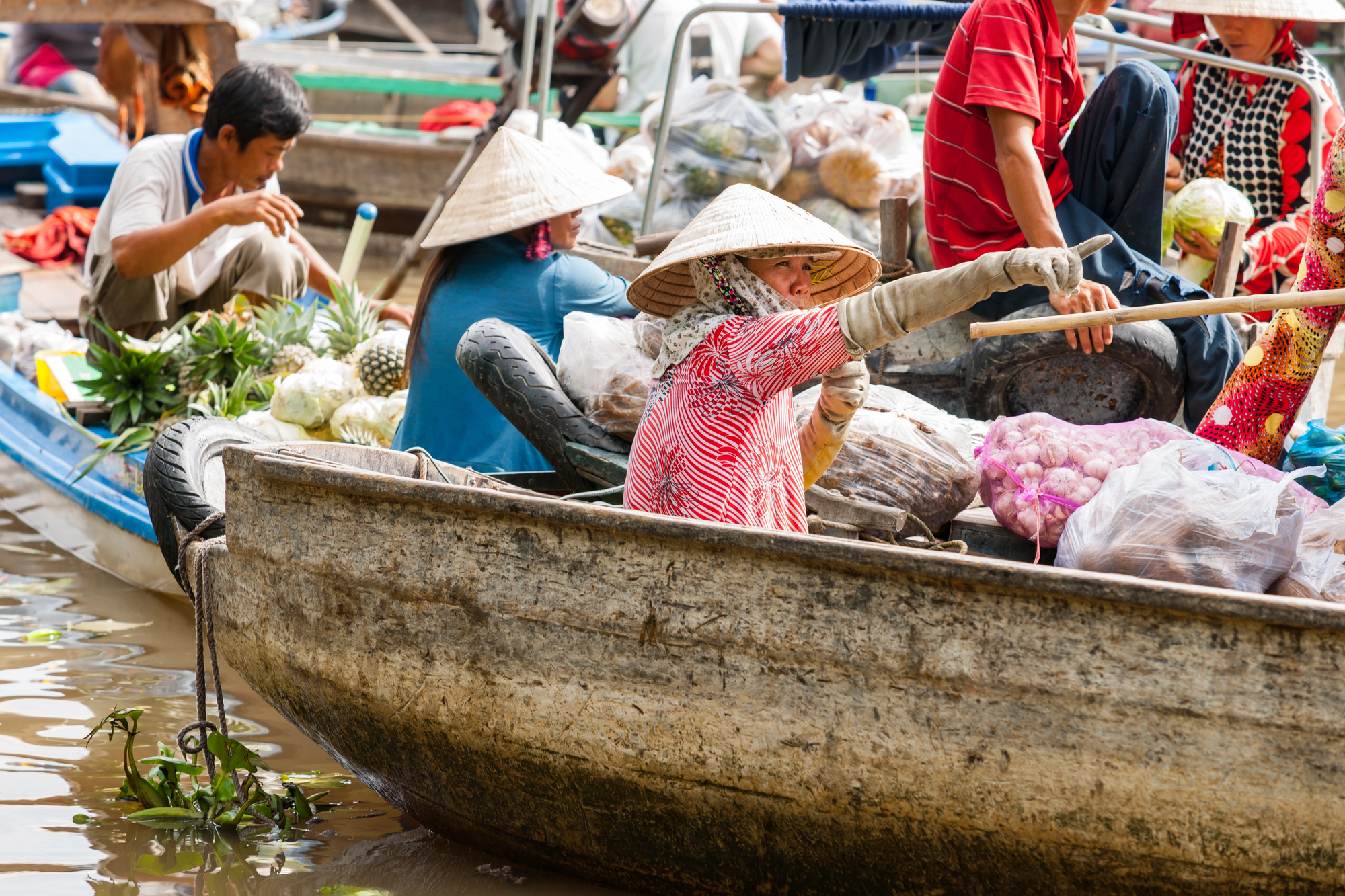
These floating markets demonstrate humanity’s remarkable ability to adapt commerce to any environment, turning waterways into bustling trade centers that serve communities while preserving cultural traditions. From Thailand’s tourist-friendly markets to Africa’s complete water-based civilizations, each location offers a unique perspective on how people create economic opportunities wherever they find themselves.
Modern floating markets continue to thrive because they offer something that shopping malls and supermarkets cannot: the authentic connection between buyer and seller that comes from face-to-face interaction in unique environments. They remind us that commerce at its heart is about human connection, and sometimes the best shopping experiences happen when we’re willing to step away from land and embrace the rhythm of life on water.
More from Travel Pug

- 20 Best Beach Towns in the Carolinas
- 13 Destinations Where Tourists Regularly Regret Their Trip
- 20 Destinations That Are More Magical Without an Itinerary
- 20 Underrated Adventures That Belong on Your Travel List
- 20 Cities Where You Should Just Wing It, No Planning Required
Like Travel Pug’s content? Follow us on MSN.
